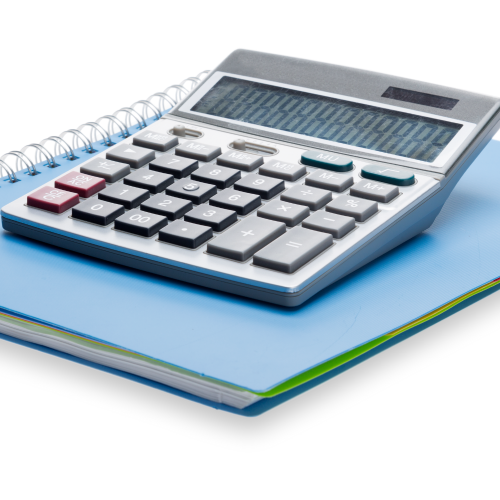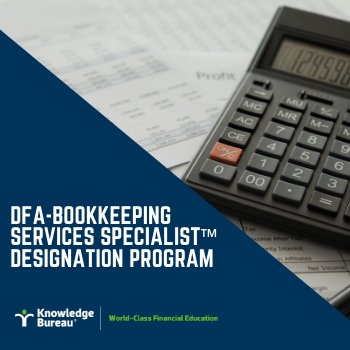Personal Amount Changes: How Much are they Really Worth?

Walter Harder
Legislation proposed on December 9 will increase the Basic Personal Amount (BPA), the maximum Spousal Amount claim, and the maximum claim for an eligible dependant. How much are these claims worth to you? We reveal the real dollar values here today.
The following table shows the new Basic Personal Amount and the existing Basic Personal Amount over the years 2020 to 2023, assuming a 2% indexation rate. Because these are non-refundable credits, the income tax savings is only 15% of the actual increase.
This means, for each individual with income below $150,473 in 2020 the change will save them $144.15 in taxes. If they have a spouse or common-law partner who has no income, their savings will be double that at $288.30. Likewise, a single parent who is able to claim a child (or other dependant) with no income as an eligible dependant, the savings will be $288.30.
|
Year
|
New BPA
|
Old BPA
|
Increase
|
Value
|
|
2020
|
$13,229
|
$12,268
|
$961
|
$144.15
|
|
2021
|
$13,808
|
$12,513
|
$1,295
|
$194.20
|
|
2022
|
$14,398
|
$12,764
|
$1,634
|
$245.16
|
|
2023
|
$15,000
|
$13,019
|
$1,981
|
$297.17
|
On a monthly basis, that’s about $12 per month for a single person with no dependants or $24 a month for a couple or single parent or supporting individual. Ideally, that modest increase would be reflected on an employee’s paycheque starting with the first pay period in January.
However, the mechanisms do not appear to be in place for that to happen. Payroll formulas for software providers have already been published using the old amounts and the TD1 forms used to determine January payroll deductions have yet to be printed. Based on what’s happened in prior years when late changes like this are made, the payroll tables and TD1 forms will be revised for July 1. We’ll report on additional direction on this front as more information becomes available.
Bottom Line: it is possible you won’t see any change in take-home pay during the first half of the year and you’ll see double the increase in the second half of the year.
Additional educational resources: Are you ready to perform payroll accurately once the payroll tables are revised for the new personal amount? Take Advanced Payroll for Small Business and upon graduating, you will be able to produce a payroll run for any period for a payroll of any level of complexity and understand and calculate all employer remittances for deductions taken at source, while fully understanding the consequences of non-compliance. Specifically, you'll understand the compliance requirements federally and under provincial Employment Standards Codes in their area of operation, be able to complete TD1 - Personal Tax Credit Return form, T1213– Request to Reduce Taxes at Source form, with a view to reducing withholding taxes which can be used to increase private pension contributions (RRSP, PRPP), and account for a variety of compensation plans including hourly wages, salary, commissions, piecework, bonuses, retroactive payments, and vacation pay. Enrol or take a Free Trial today.

COPYRIGHT OWNED BY KNOWLEDGE BUREAU INC., 2019.
UNAUTHORIZED REPRODUCTION, IN WHOLE OR IN PART, IS PROHIBITED.